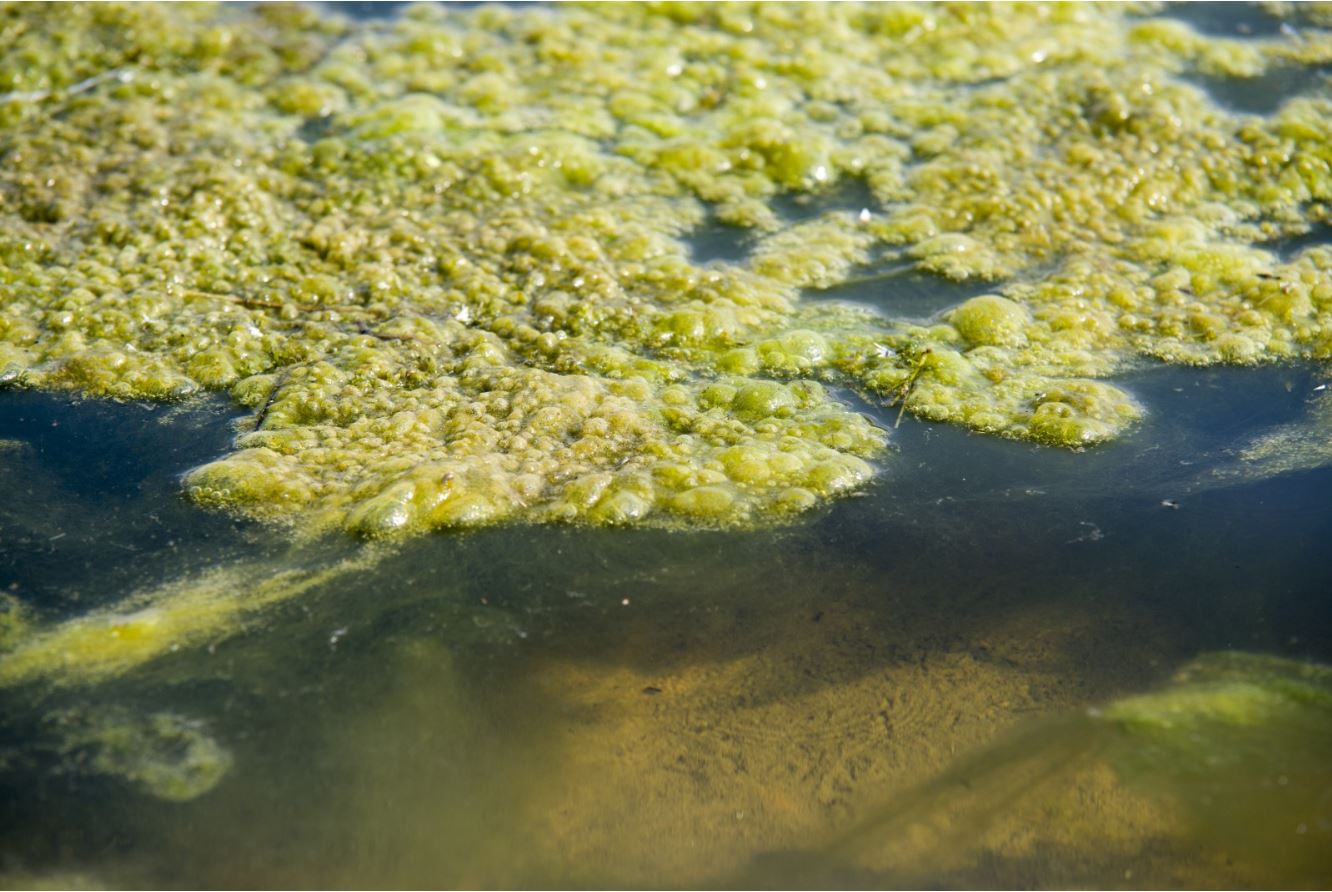Eutrophication is the overgrowth of plants and algae due to the increased availability of one or more of the restrictive growth factors needed for photosynthesis, such as sunlight, carbon dioxide, and nutrients. It is a concern because it has numerous negative impacts and can have serious, long-term effects. The increased productivity in an aquatic system can sometimes be beneficial. Nonetheless, detrimental ecological impacts can, in turn, have other adverse effects, including aesthetic and leisure, to human health and economic effects. This short article briefly outlines a few impacts of eutrophication.
A significant effect of eutrophication is the economic impact. Algal scums increase the costs of water treatment to avoid the taste, odour, and cyanotoxin problems in the treated water. Also, excessive blooms can clog filters and increase the maintenance costs of machines. After significant eutrophication has occurred, the costs of corrective action can be colossal. Macrophytes may need to be sprayed or controlled using other biological or expensive treatments. Hence limited resources that could have been channelled into other developmental projects to improve the lives of people would have to be used to control this phenomenon.
Another critical concern is the impact of eutrophication on biodiversity. Macrophytic infestations inhibit or prevent the growth of other aquatic plants. Similarly, algal blooms and cyanobacteria consist of species that have outperformed other species in terms of the nutrition and available light. In general, this reduces the ecological integrity of an ecosystem, and only the more tolerant species can survive. Furthermore, the infestation of water hyacinth can be a health hazard. It can provide ideal breeding habitat for mosquito larvae, and it can protect the snail vector of bilharzia. For all cyanotoxins currently known, cyclic peptides are the most critical concern for human health, although this might be because little is known about other cyanotoxins. This concern is mainly due to the potential risk of long-term exposure to the relatively low toxicity in drinking water supplies. Humans, domestic and wild animal health risks cannot be overlooked. Acute exposure to high doses can cause death due to liver haemorrhage or liver failure. Once people are sick, they cannot be productive in their daily activities.
Another critical concern is the impact of eutrophication on biodiversity. Macrophytic infestations inhibit or prevent the growth of other aquatic plants. Similarly, algal blooms and cyanobacteria consist of species that have outperformed other species in terms of the nutrition and available light.
Recreational activities are also affected by this phenomenon. The presence of large macrophytic areas can inhibit and prevent access to waterways. This decreases the capability for the use of water for water sports such as yachting and fishing. The presence of unsightly and smelling scums also makes any recreational use of the water body unpleasant. Water hyacinth and Nile cabbage can cover large areas near the shore and can float into open water spreading at times over the entire surface. These mats can block light to submerged plants and produce large quantities of dead organic matter that can lead to low oxygen concentrations and the emission of unpleasant gases such as methane and hydrogen sulfide due to its decomposition or decay. Masses of these plants can restrict access for fishing or recreational uses of lakes and reservoirs, which can block irrigation and navigation channels as well.
In conclusion, the control and management of eutrophication is a complex problem and requires collaborative efforts of scientists, politicians, and citizens. All attempts must be made to control agricultural activities, urban and stormwater runoff, apt maintenance of septic systems, and adequately managing residential applications of fertilizers. This would probably be the most effective measure that can be taken to help prevent human-induced fresh-water algal blooms.
References
- Chislock, M. F., Doster, E., Zitomer, R. A. & Wilson, A. E. (2013) Eutrophication: Causes, Consequences, and Controls in Aquatic Ecosystems. Nature Education Knowledge 4(4):10.
- Newcombe, G., House, J., Ho, L., Baker, P., & Burch, M. (2010). Management strategies for cyanobacteria (blue-green algae): A guide for water utilities. Water Quality Research Australia (WQRA), Research Report, 74.
- Chorus, Ingrid & Bartram, Jamie. (1999). Toxic cyanobacteria in water: a guide to their public health consequences, monitoring, and management / edited by Ingrid Chorus and Jamie Bertram. World Health Organization. https://apps.who.int/iris/handle/10665/42827
- http://www.waterencyclopedia.com/A-Bi/Algal-Blooms-in-Fresh-Water.html
Share this post: on Twitter on Facebook on LinkedIn
